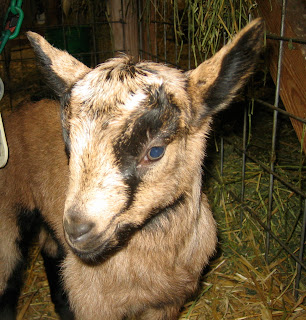Australian native Sacha Laurin instructs many of the cheese making classes at the Sac Co-op and at the Davis Co-op as well. She shared her practical, easily understood home cheese-making knowledge with us while we made Camembert with milk from the Straus jersey cow dairy. Camembert is a classic, satiny cheese with a "mushroomy" taste and was first made in Normandy, France in the late 18th century.
 |
| Cheese-making can be done with many pots and utensils already in your home |
 |
| See the separation of the cut curds and the whey? |
 |
| Filled cheese molds, whey draining from the curds. |
 |
| The next day, the cheese has reduced to about 1/3 of what we started with |
Within the next seven to ten days the cheese will "bloom;" it will grow a white mold (which we added to the milk when making the cheese) which forms a rind on the cheese. Then I will wrap it in cheese paper and let it continue to age in the fridge for a least a month.
Now, this was a Camembert cheese-making class but it was interesting to find out that the recipe to make Camembert and Brie can be exactly the same. What makes them different is the kind of mold (or basket or cut PVC pipe) you put them in. Brie is thin with a large circumference; this is going to make the cheese ripen more quickly. Smaller molds are used for Camembert and there is less surface area for oxygen to penetrate, thus it ages at a slower rate. All cheese ripens from the outside in due to mold growth and oxygen. Brie will be at its peak tastiness within two weeks of being made; Camembert will take four to six weeks to get there.
Cheese-making - a highly satisfying and continually interesting pursuit!






































